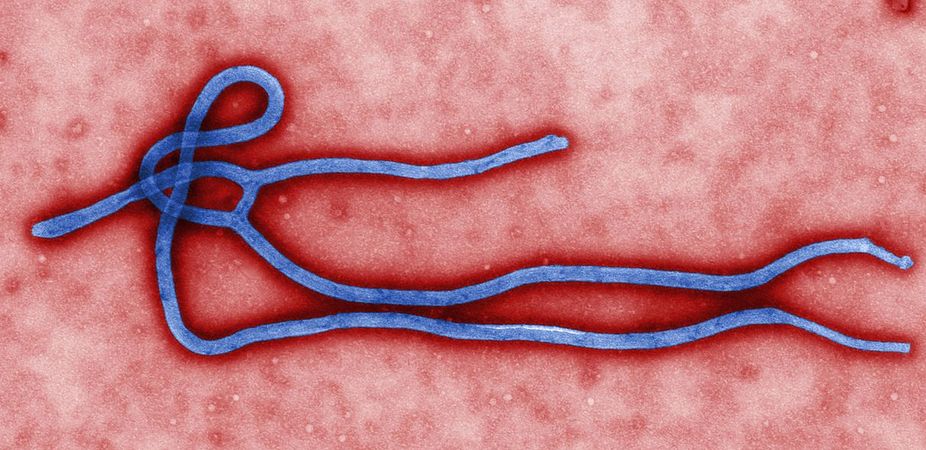Are Experimental Ebola Treatments Ethical?

The ethics of using experimental Ebola treatments — which have unknown risks, and unproven benefits — will be discussed next week by a panel of experts, in light of the ongoing outbreak of the deadly virus in West Africa, according to the World Health Organization.
The panel is being convened by WHO following reports that two American patients with Ebola received an experimental treatment for the disease, called ZMapp (developed by Mapp Biopharmaceutical Inc. in San Diego). The news has raised questions about whether experimental treatments that have not yet been shown to be safe or effective should be used and, if so, who should receive such treatments, WHO said. [5 Things You Should Know About Ebola]
The Centers for Disease Control and Prevention has said that there is a very limited supply of ZMapp, and the treatment will not be available for general use.
"We are in an unusual situation in this outbreak. We have a disease with a high fatality rate without any proven treatment or vaccine," Dr. Marie-Paule Kieny, assistant director-general at the World Health Organization, said in a statement. "We need to ask the medical ethicists to give us guidance on what the responsible thing to do is."
The current Ebola outbreak — which is in Guinea, Sierra Leone and Liberia — is the largest in history, and has killed at least 932 of the more than 1,700 people infected to date, according to the World Health Organziation.
Follow Rachael Rettner @RachaelRettner. Follow Live Science @livescience, Facebook & Google+. Original article on Live Science.
Get the world’s most fascinating discoveries delivered straight to your inbox.

Rachael is a Live Science contributor, and was a former channel editor and senior writer for Live Science between 2010 and 2022. She has a master's degree in journalism from New York University's Science, Health and Environmental Reporting Program. She also holds a B.S. in molecular biology and an M.S. in biology from the University of California, San Diego. Her work has appeared in Scienceline, The Washington Post and Scientific American.


